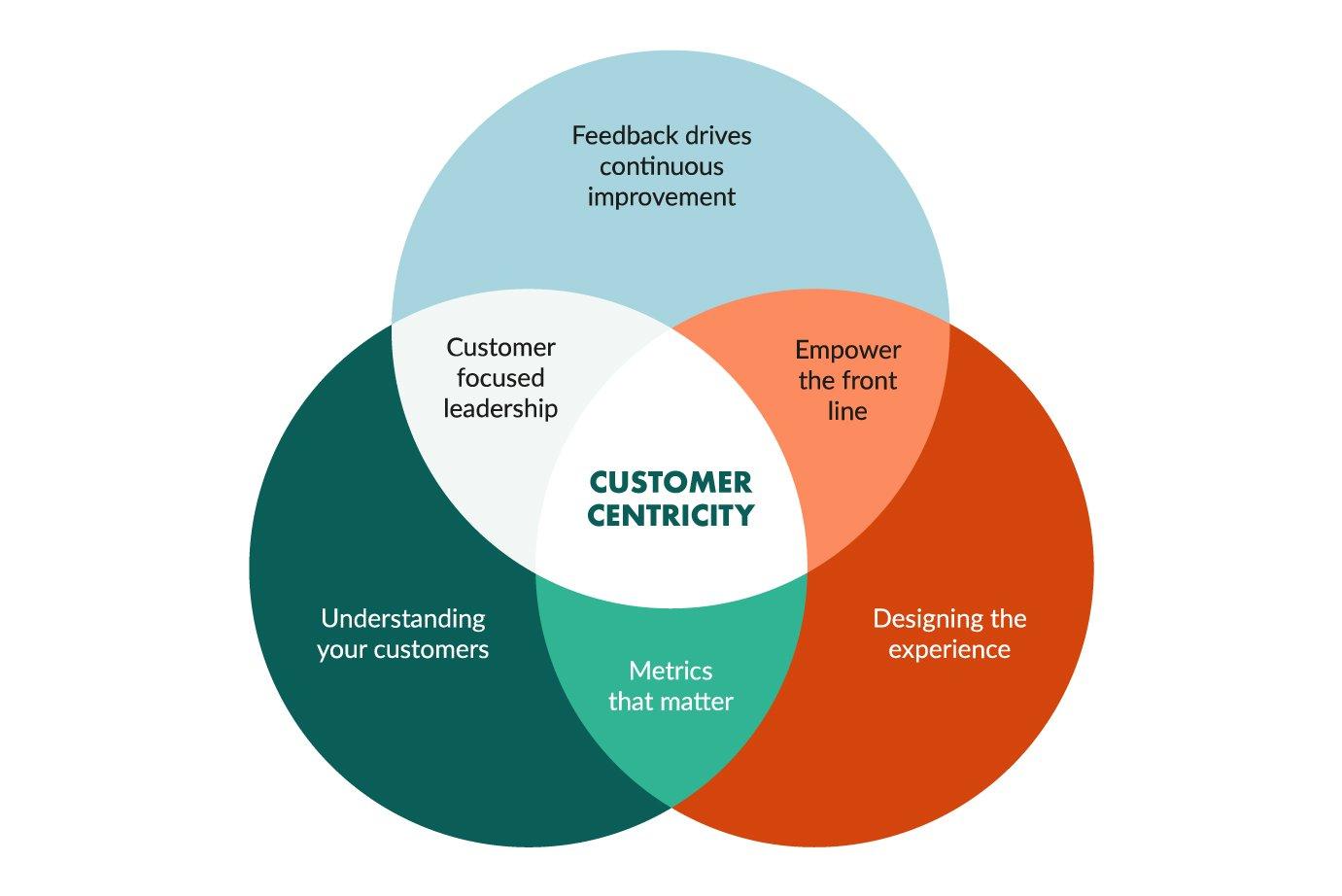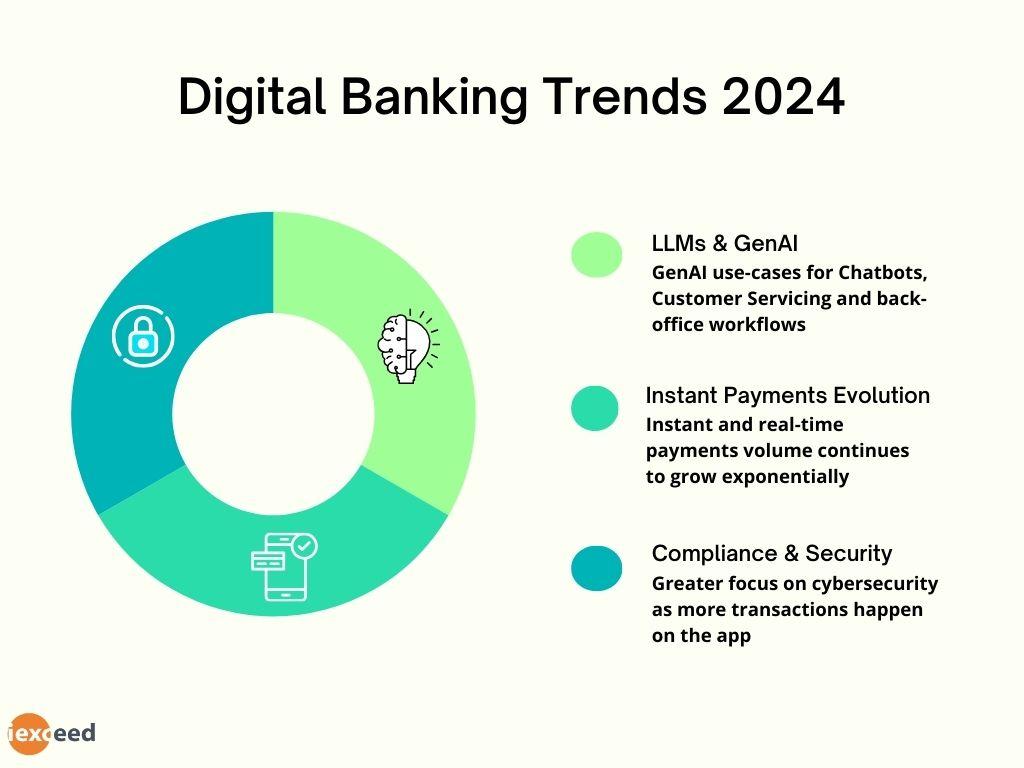As we stand at the precipice of a new financial era, the landscape of banking is undergoing a transformative shift, driven by technological innovation, evolving consumer expectations, and regulatory changes. The year 2025 is poised to usher in a new chapter, where traditional banking paradigms will clash with disruptive trends, ultimately reshaping the way individuals and businesses engage with financial services. In this article, we delve into the top 10 trends that are set to define the banking sector in the near future—from the rise of digital currencies and artificial intelligence to the growing emphasis on sustainability and personalized customer experiences. Join us as we navigate these currents, offering insights that will help stakeholders—from consumers to financial institutions—prepare for a future rich with opportunity and challenge. Welcome to the world of Banking Futures.
Emerging Technologies Shaping the Banking Landscape
As we move into the next few years, several avant-garde technologies are poised to redefine the banking landscape. Artificial Intelligence (AI) is not merely enhancing customer service; it’s revolutionizing risk assessment, fraud detection, and personalized financial advice. Machine learning algorithms analyze vast amounts of data, allowing banks to predict customer needs and streamline operations. Additionally, Blockchain technology is gaining traction beyond cryptocurrencies, offering secure and transparent transaction processes that can significantly reduce fraud and operational costs. Its applications in smart contracts and real-time settlement systems are transforming the traditional banking framework.
Next, Open Banking APIs are fostering a new ecosystem where third-party providers can offer innovative financial services, ultimately benefiting consumers through increased competition and improved offerings. In this interconnected environment, Robotic Process Automation (RPA) is optimizing back-office operations, reducing human error while enhancing efficiency. Furthermore, the rise of Digital Wallets and Cryptographic Assets is reshaping payment systems, signifying a shift towards cashless societies. Combined with RegTech, which streamlines compliance regulations through technology, these advancements will drive banks toward agility and a customer-centric approach, ensuring they stay ahead in a rapidly evolving financial world.

Customer-Centric Innovations Driving Financial Services
The financial services sector is undergoing a profound transformation, driven by the relentless pursuit of customer satisfaction. With advancements in technology and data analytics, institutions are now harnessing customer insights to tailor their offerings. The rise of personalized banking experiences allows customers to engage with their finances in ways that resonate with their unique lifestyles. For instance, enhanced mobile applications are equipped with AI-driven advisories that help users optimize their spending and savings. Such innovations lead to a more meaningful relationship between banks and their customers, fostering loyalty and trust.
Additionally, the integration of digital-first strategies is redefining customer interactions. Beyond mere transactions, banks are now focusing on creating comprehensive ecosystems that facilitate seamless multi-channel experiences. This includes:
- Chatbots that provide 24/7 customer service, addressing queries in real-time.
- Blockchain technology for secure and transparent transactions, enhancing customer confidence.
- Open banking initiatives that allow customers to connect various financial services, giving them more control over their financial data.
As we look towards 2025, these customer-centric innovations are poised to set new standards, enhancing both user experience and operational efficiency within the industry.

Regulatory Changes and Their Impact on Banking Practices
The landscape of banking is undergoing significant transformations due to a wave of regulatory changes aimed at promoting transparency, consumer protection, and financial stability. These adjustments are often driven by the need to address previous financial crises and to adapt to the rapid evolution of technology. As we transition towards 2025, key regulations such as the Digital Operational Resilience Act (DORA) and the updates to the Basel III framework are poised to enhance risk management practices. Banks will need to navigate these complexities by implementing robust compliance mechanisms and investing in advanced technologies that foster resilience and security in their operations.
Moreover, the introduction of more stringent regulations around data privacy and cybersecurity is expected to reshape customer interactions and operational methodologies. Banks will likely focus on the following aspects:
- Enhanced transparency in loan approvals and pricing.
- Stronger customer identification protocols to mitigate fraud.
- Regular audits and assessments to align with evolving regulations.
As these practices evolve, the relationship between regulators and financial institutions will become increasingly collaborative, fostering innovation while ensuring a stable and secure banking environment. The resulting shifts will not only redefine compliance protocols but also pave the way for new business models that prioritize customer trust and safety.

Sustainability Initiatives and the Future of Banking Ethics
As financial institutions increasingly recognise their role in addressing climate change and social inequality, sustainability initiatives are becoming integral to banking ethics. Many banks are now prioritizing environmentally friendly financing and investment strategies, aligning themselves with global sustainability goals. Key actions include:
- Green Lending Programs: Offering loans with favorable terms for projects that meet sustainability benchmarks.
- ESG Integration: Incorporating Environmental, Social, and Governance criteria into their investment decisions.
- Reduced Carbon Footprint: Committing to net-zero emissions across their operations and investments.
Future trends suggest that these initiatives will not only enhance corporate social responsibility but will also reshape the competitive landscape of banking. Institutions that embrace ethical financing are likely to attract a growing demographic of socially conscious consumers. A focus on transparency and accountability will also be paramount, leading to:
- Stakeholder Engagement: Actively involving customers in sustainability decisions.
- Impact Measurement: Developing metrics to assess the social and environmental impact of banking activities.
- Collaborative Partnerships: Teaming up with non-profits and environmental organizations to drive meaningful change.
Concluding Remarks
As we stand on the brink of 2025, the banking landscape is poised for transformative shifts that promise to redefine the very essence of financial services. The trends we’ve explored highlight not only the challenges that lie ahead but also the abundant opportunities for innovation and growth. As technology intertwines more deeply with banking, institutions that embrace adaptability, prioritize customer experience, and prioritize sustainability will thrive in this dynamic environment.
Navigating these complexities will require foresight, collaboration, and a willingness to embrace the unknown. By staying attuned to these emerging trends, stakeholders—from consumers to financial institutions—can position themselves at the forefront of a new era in banking. The future is not just a destination; it is a journey filled with potential, and those who are prepared will find themselves shaping the evolution of finance for generations to come.
as we look forward, let us remain curious and proactive in addressing the trends that will shape our financial futures. The next few years will be pivotal, and by understanding and adapting to the currents of change, we can collectively carve a path towards a more inclusive, efficient, and innovative banking landscape.
